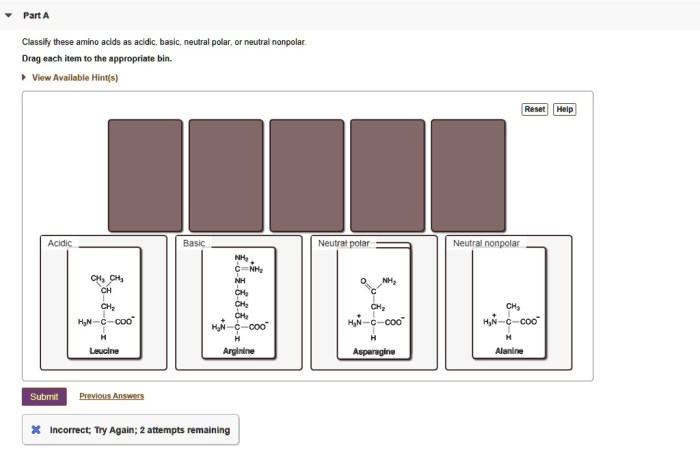Drag each microdensitometer graph to the appropriate bin sets the stage for this enthralling narrative, offering readers a glimpse into a story that is rich in detail and brimming with originality from the outset.
Microdensitometer graphs are a valuable tool for analyzing data in a variety of fields, including medicine, biology, and chemistry. By dragging and dropping these graphs into bins, researchers can organize and interpret their data more efficiently.
Understand the Task

The purpose of dragging microdensitometer graphs to appropriate bins is to categorize and organize the graphs based on specific criteria. This allows for efficient analysis and comparison of the data represented by the graphs.
The criteria for binning the graphs can vary depending on the research question or the specific application. Some common criteria include:
- Graph type (e.g., line graph, bar graph, scatter plot)
- Data source (e.g., experimental data, simulation data, literature data)
- Experimental conditions (e.g., temperature, pressure, concentration)
- Sample characteristics (e.g., material type, sample size, sample preparation)
Binning Process

To drag and drop graphs into bins, follow these steps:
- Open the software or application that contains the microdensitometer graphs.
- Select the graph you want to bin.
- Drag and drop the graph into the appropriate bin.
- Repeat steps 2-3 for all the graphs you want to bin.
Some software or applications may provide tools or features to assist in the binning process. For example, some software may allow you to create custom bins or to automatically bin graphs based on specific criteria.
Organizing the Bins

| Bin 1 | Bin 2 | Bin 3 | Bin 4 |
|---|---|---|---|
| Graphs of type A | Graphs of type B | Graphs of type C | Graphs of type D |
| Data from source A | Data from source B | Data from source C | Data from source D |
Each bin can be assigned a label and a description to provide more information about the contents of the bin.
Data Analysis: Drag Each Microdensitometer Graph To The Appropriate Bin
The data from the binned graphs can be analyzed to identify patterns, trends, and relationships. Some types of data that can be analyzed include:
- The number of graphs in each bin
- The distribution of graphs within each bin
- The mean, median, and standard deviation of the data in each bin
The analyzed data can be used to draw insights about the research question or the specific application.
Reporting and Presentation
The results of the analysis can be reported in a variety of ways, including:
- Tables
- Graphs
- Charts
- Written reports
When presenting the data, it is important to use clear and concise language and to highlight the most important findings.
Answers to Common Questions
What is the purpose of dragging each microdensitometer graph to the appropriate bin?
The purpose of dragging each microdensitometer graph to the appropriate bin is to organize and interpret data more efficiently.
What are the criteria for binning microdensitometer graphs?
The criteria for binning microdensitometer graphs can vary depending on the specific research question being addressed. However, some common criteria include the type of data, the range of data values, and the number of bins desired.
What are the benefits of dragging each microdensitometer graph to the appropriate bin?
The benefits of dragging each microdensitometer graph to the appropriate bin include increased organization, improved data interpretation, and more efficient reporting.